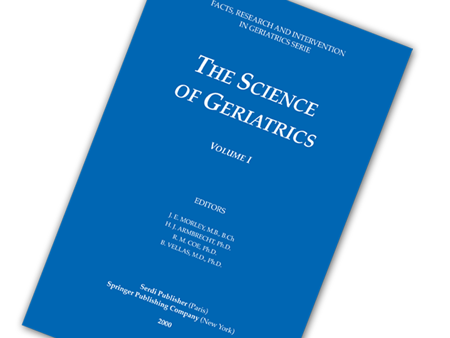Intracellular tau deposition is a key pathologic feature of alzheimer’s disease (AD) and other neurodegenerative disorders. Several positron emission tomography tau probes have been developed for in vivo detection of brain tau load, although quantification is challenging due to high off target binding and slow kinetics. Additionally, several tau radiotracers seem to be limited for the detection of tau in non-AD tauopathies like Progressive Supranuclear Palsy (PSP). 18F-PI-2620 is a novel tracer with a high affinity for binding to aggregated tau 18F-PI-2620 binds specifically to tau deposits in AD brain sections from different Braak stages, Pick’s, and PSP pathologies. This first-in-human study reported here assesses the potential of 18F-PI-2620 to visualize tau deposition in subjects with AD and PSP, in comparison with non-demented controls (NDCs). Methods: In an ongoing clinical imaging study, participants diagnosed with mild AD, non-AD tauopathies like PSP, or NDCs undergo dynamic PET imaging for 180 min following 10 mCi bolus injection of 18F-PI-2620. Venous blood is obtained to characterize the kinetics of parent compound and metabolites. Results: Initial imaging data shows robust brain uptake and fast wash-out in non-target regions with peak SUV-4-4.5. There was no increased uptake seen in choroid plexus, basal ganglia, striatum, amygdala, meninges or other regions noted in first generation tau agents. In AD, focal asymmetric uptake ws evident in temporal and parietal lobes, precuneus, and cingulate. SUVr time curves demonstrate a plateau at 90-100 min post injection with resultant SUVrs of 2.5-2.8 in abnormarl regions, whilst NDCs demonstrated shorter time to secular equilibrium (60-70min) and lower SUVrs (1.0-1.2) in comparable brain regions. Importantly, PSP subjects demontrated focal increased uptake in the globus pallidus (SUVr = 2.0-2.1) and substantia nigra (SUVr = 2.4-2.6). Blood data confirmed fast kinetics with 20% of parent compound present at 60 min and presence of polar metabolites. Comparison of SUVr to non-invasive pharmacokinetic modeling showed a strong correlation and linear relationship with binding potential, BPND. Conclusion: Initial 18F-PI-2620 PET first-in-human data in AD, PSP and NDC demonstrate excellent brain penetrance, favorable kinetics, and high target specificity with low nonspecific binding and high signal in regions of expected tau pathology.
Andrew Stephens(1), John Seibyl(2), Andre Mueller(1), Olivier Barret(2), Mathias Berndt(1), Jennifer Madonia(2), David Alagille(2), Hanno Schieferstein(1), Heiko Kroth(3), Santiago Bullich(1), Andrea Pfeifer(3), Andreas Muhs(3), Gilles Tamagnan(2), Kenneth Marek(2), Ludger Dinkelborg(1) ((1) Piramal Imaging, Berlin, Germany; (2) Molecular Neuroimaging, New Haven, USA; (3) AC Immune SA, Lausanne, Switzerland). Abstract published in the JPAD vol 4, n° 4, 2017



